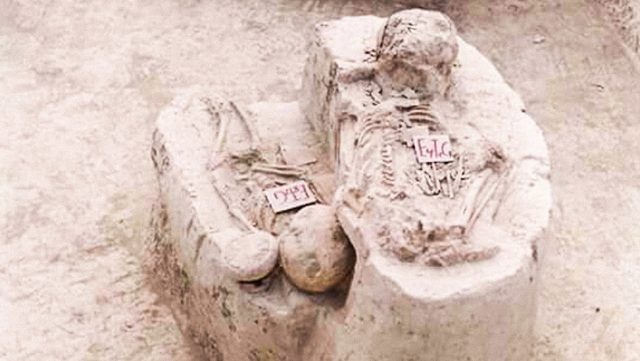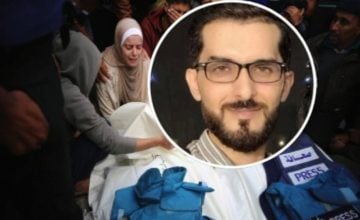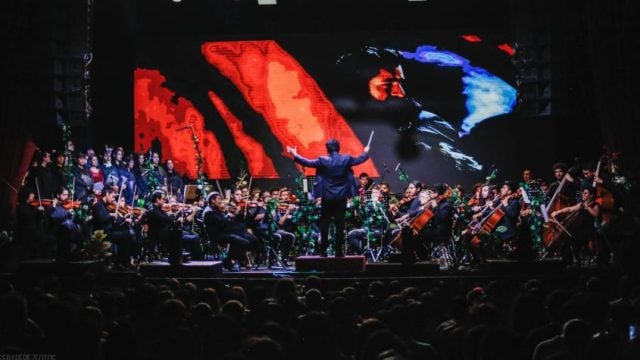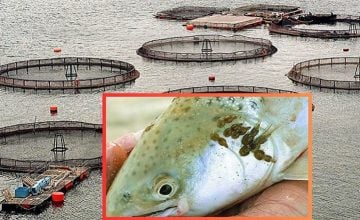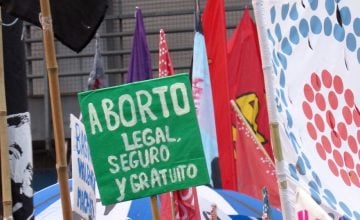Some workers were remodeling a shed in the state of Lara, in western Venezuela, when they made a surprising find: a pair of skeletons that could be between 1,000 and 1,500 years old.
Despite the fact that these remains were found in October, the times in archeology are different and depend on both the local and climatic conditions to guarantee that the pieces found and the characteristics of the place are preserved in the best possible way.
The rainy season in some Venezuelan states has delayed the excavations of the Francisco Tamayo Yépez Anthropological Museum team, located in Quíbor, capital of the Florencio Jiménez municipality, and the most important archeological center of the South American country. However, its specialists have already carried out part of the research to have more precise data on the origin of this possible historical heritage.
When the construction workers alerted the owners of an animal feed business about the discovery, they called the Scientific, Criminal and Criminal Investigation Corps (CICPC), which conducts the forensic investigation to identify human remains. Until that moment, they assumed that they were of current date.
When carrying out the investigation, the officials of the Scientific Police found an indigenous urn, for which they presumed that these bodies were not recent. For this reason, they notified the authorities of the Museum of Quibor and there began the other part of the exploration.
Inspection in Venezuela
The director of the Museum, Rubia Vásquez, in an interview with RT, explained that the anthropologist Ivel Urbina, head researcher at that center, carried out a visualization and inspection of the space. She took into account what the CICPC officials and the workers at the site had done and took some fragments of some skeletal remains that had already been lifted.
The discovery was made in the Playa Bonita sector, located in the same municipality. This is an archeological site detected in the 60s of the last century by José María Cruxent, one of the main founders of Venezuelan archeology.
According to Cruxent’s studies, the area belongs to the Tocuyana tradition and there is material that is approximately 2,200 years old. There, ceramics with polychrome decoration, grinding tools and mortars have been found, which suggests that there had been a cultivation of grains.
Later, in 2000, the Museum carried out excavations in that area and its surroundings after remodeling construction works. The material raised remains in the cultural center.
Vásquez affirms that although Playa Bonita is already a well-known place for the excavations done there, «there are always remains» and «there are various occupations on the site, which refer to various historical moments» in which the populations lived in that territory.
What data is handled so far in Venezuela?
The director of the Museum says that what was found seems to be associated with the burial of skeletons of the so-called ‘Bulevar Phase’, which is a time of the Larean occupation «characterized by a great funeral paraphernalia, with a great elaboration of funerary urns», among 1,000 and 1,500 years old.
«It seems that they are two skeletons, two subjects, however, everything can change as the excavation is carried out», adds Vásquez.
In order to collect the evidence and know if the bodies were buried with other objects such as mats, baskets or tissues, a careful excavation is needed. Currently, the rain has delayed that type of work.
What happens in an excavation?
The excavators’ job is primarily to collect all possible evidence, «both what is there and what is not», says Vásquez. In the terrain, there may be objects associated with the bones and the position in which they are located, the depth with which they were buried and the characteristics of the soil where they are, are also considered.
An excavator or an archeologist tries to collect as much evidence as possible, in the best way. «That is why it seems that we do it slowly», explains the interviewee. When referring to the necessary organization in an excavation, the anthropologist explains that the space is divided into grids, which vary in size according to the place, “to position the location of the remains and of the objects. The position in which they are, can indicate associations, social hierarchy of the subjects and some other things”.
What is the research that is being done in the museum?
Research is carried out in the museum’s laboratory to identify gender, age, and ancestry, based on the morphological features noted in the bones, which leads to determining whether individuals belong to Amerindian populations or not.
In the same way, work is done to try to preserve the remains because when they are removed from their space they are susceptible to the action of bacteria, fungi and constant deterioration due to changes in temperature.
